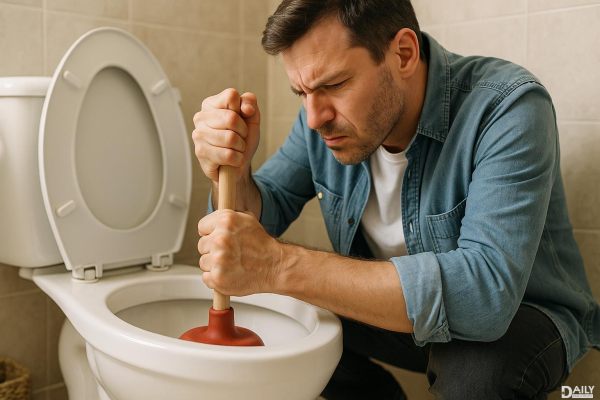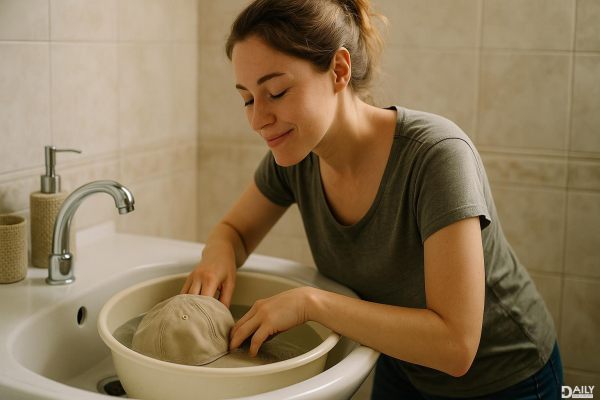Dining out might seem like a harmless indulgence, but finance experts warn it's one of the sneakiest money traps out there. That $15 burger and $8 craft beer add up way faster than you think—especially when you factor in tips, taxes, and those "just one more" appetizers. Before you know it, a casual night out can drain your wallet faster than a weekend getaway.
The Psychology Behind the Spending Spree
Ever wonder why you drop $50 on dinner without blinking, but hesitate to spend the same on groceries for a week? It's all about perceived value and instant gratification. Restaurants create an experience—dim lighting, curated playlists, Instagram-worthy plating—that makes you feel like you're treating yourself. Meanwhile, your brain downplays the cost because the pleasure feels immediate. Studies show people consistently underestimate how much they spend on dining out, often by 20% or more. That's not just bad math—it's a financial blind spot.
Hidden Costs You're Not Accounting For
Beyond the menu prices, dining out comes with stealth expenses. Parking fees, ride-shares, and even that extra coffee you grab on the walk home inflate the real cost. Then there's the time factor: the average American spends 4.5 hours per week in restaurants. If you valued that time at even minimum wage, that's another $36 weekly—enough for a retirement contribution. And let's not forget the health tax: frequent restaurant meals correlate with higher BMI, meaning potential future medical costs. Suddenly, that "cheap" taco Tuesday looks like a triple threat.
How Restaurants Engineer Your Overspending
Menus are designed like psychological minefields. Ever notice how prices avoid dollar signs? That's intentional—it softens the sting of seeing numbers. Items are strategically placed to guide your eyes toward higher-margin dishes, while portion sizes create false economies (that $22 pasta isn't a deal if you only eat half). Even glassware matters: wider wine glasses lead people to pour—and order—12% more. These aren't accidents; they're revenue-boosting tactics perfected over decades.
The Ripple Effect on Your Financial Health
Cutting back on dining out has a multiplier effect. The average household spends $3,500 annually eating out—money that could grow to $50,000 if invested over a decade. More importantly, it reshapes habits. People who cook at home tend to make better financial decisions overall, from sticking to budgets to avoiding impulse purchases. It's not just about the meal cost; it's about breaking the cycle of convenience spending that leaks into other areas like subscriptions and retail therapy.
Realistic Strategies to Break the Cycle
Going cold turkey on restaurants isn't practical for most, but smart tweaks can save thousands. Try the "5:2 rule"—cook five nights, dine out two—or use cash instead of cards to make spending tangible. Apps that round up restaurant purchases to fund investments turn vice into virtue. Even small changes, like skipping appetizers or choosing water over $4 sodas, can slash bills by 30%. The goal isn't deprivation; it's making your spending align with your priorities—whether that's travel, homeownership, or financial freedom.
Next time you're about to tap "order now" on DoorDash, pause. That meal might cost more than money—it could cost your future financial flexibility. The good news? Every home-cooked meal is a small win, and those add up faster than any restaurant tab.
























